It's been fun reviewing these two cases. In my opinion, neither is strong evidence for anything "real" other than late 1800's hoaxery. Their historic contexts are interesting, as are the differences in the motivations of the hoaxers. Both the Newark Holy Stones and the Bat Creek Stone still have their share of fans, but apparently there's some tension over what exactly the stones mean.
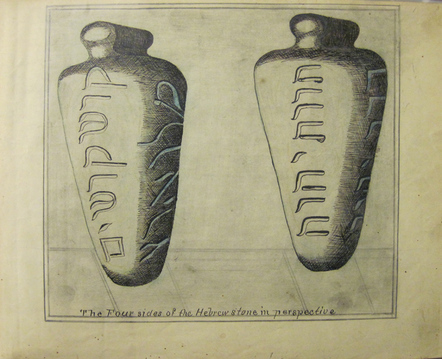 The Keystone (image source: http://archive.constantcontact.com/fs116/1103480314797/archive/1110560269463.html).
The Keystone (image source: http://archive.constantcontact.com/fs116/1103480314797/archive/1110560269463.html). To me, the most interesting thing about the Newark case is that the hoaxer (presumably Wyrick) was apparently attempted to "humanize" Native American populations by bringing them into a Biblical framework, rather than de-legitimize them by providing evidence that others built the mounds.
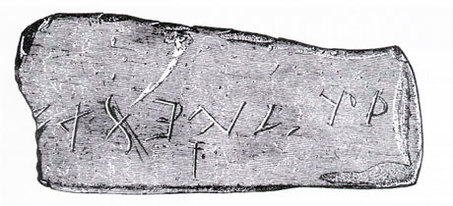 The Bat Creek Stone.
The Bat Creek Stone. The original contexts of these two cases appear to be quite different. In one, the artifacts were apparently planted to produce evidence that Native Americans were tied to the history of the Old World. In the other, the artifact was apparently produced to attempt to tie the construction of mounds to a specific Native American group.
Both cases were discussed in the (2010) documentary Lost Civilizations of North America (you can watch the tralier here and read a 2011 critique by Brad Lepper et al. here). Conservative political commentator, conspiracy theorist, and Mormon Glenn Beck took up the cause of the Newark Holy Stones and the Bat Creek Stone in this 2010 rant. The stones were taken up on America Unearthed in 2013 and 2014 and, not surprisingly, accepted as authentic with no reservations. That garnered some high fives in 2012 from various Mormon organizations searching for evidence of ancient Israelite migrations to the New World. Apparently, however, America Unearthed left the Mormons hanging by not embracing the authority of The Book of Mormon or even acknowledging it exists. This 2015 "America Revealed" spoof video is worth watching for several reasons.
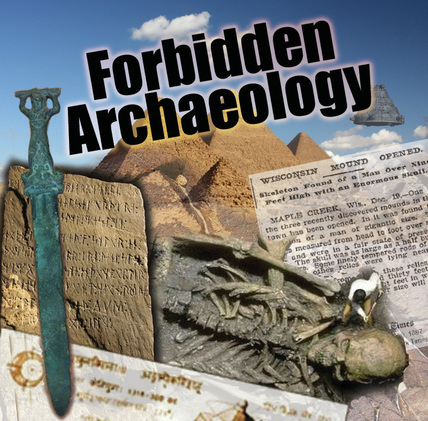
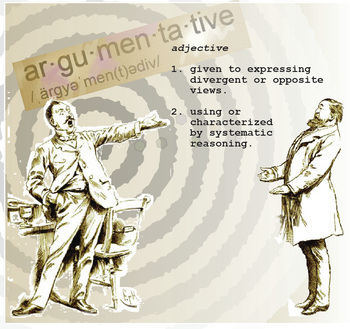

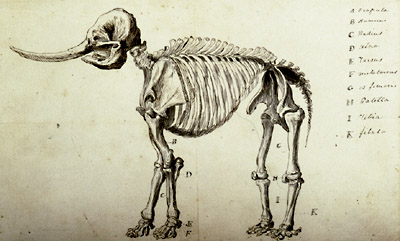
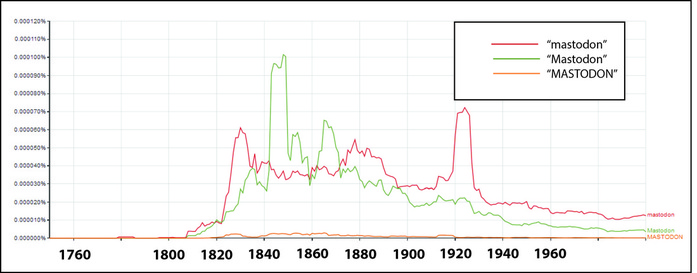
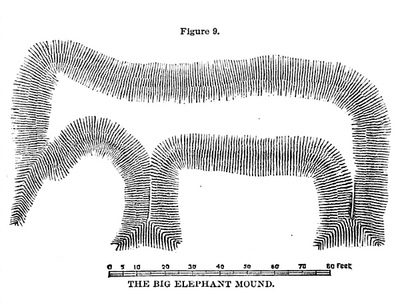
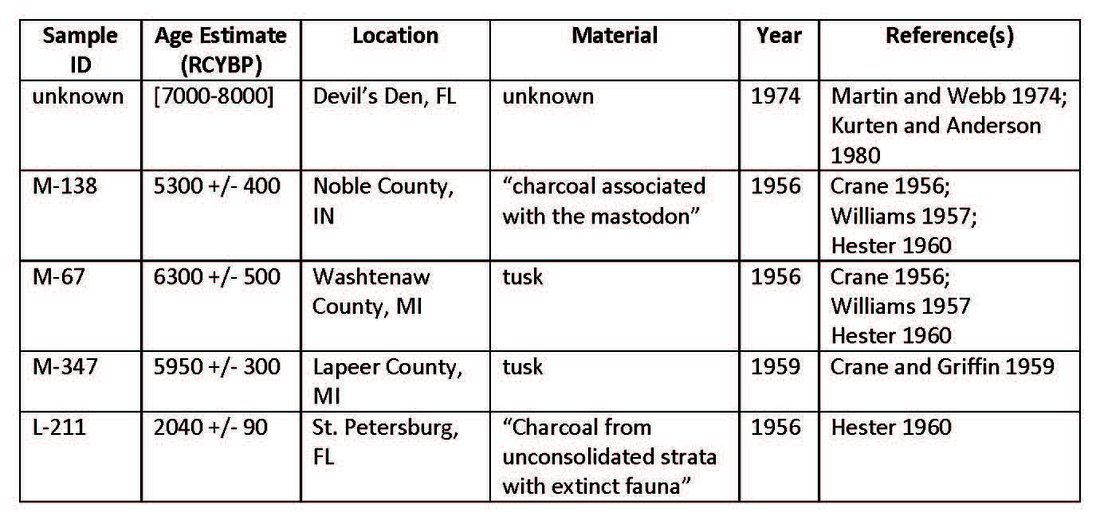
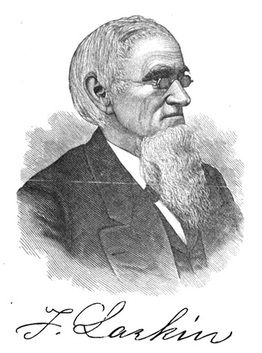
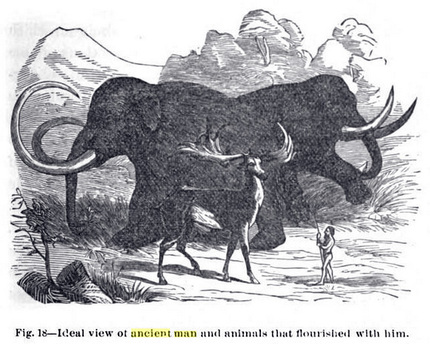
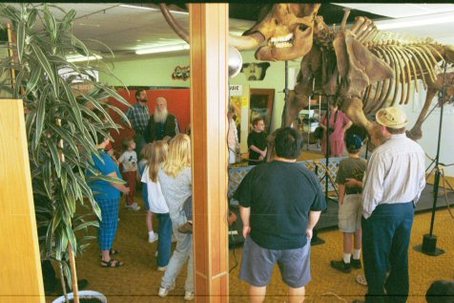


 RSS Feed
RSS Feed
